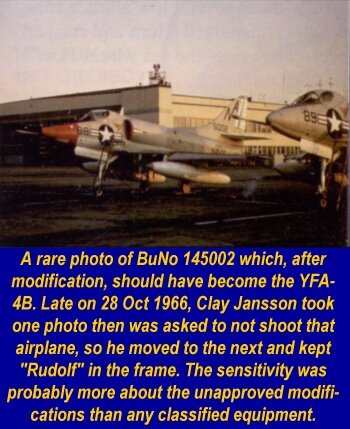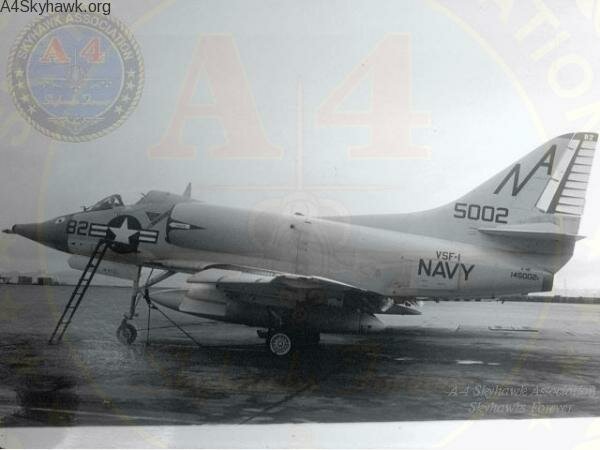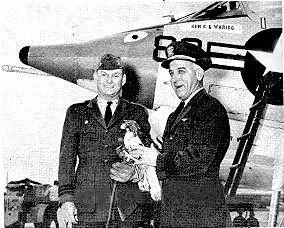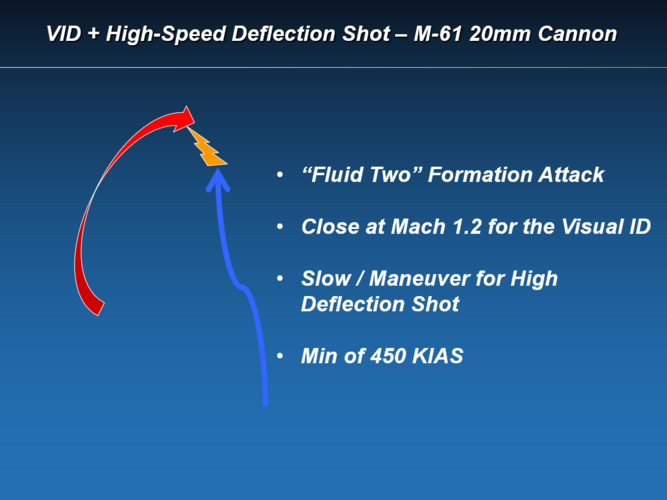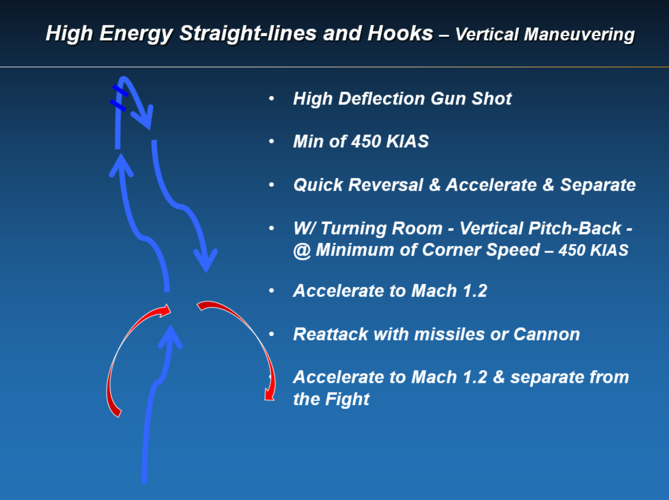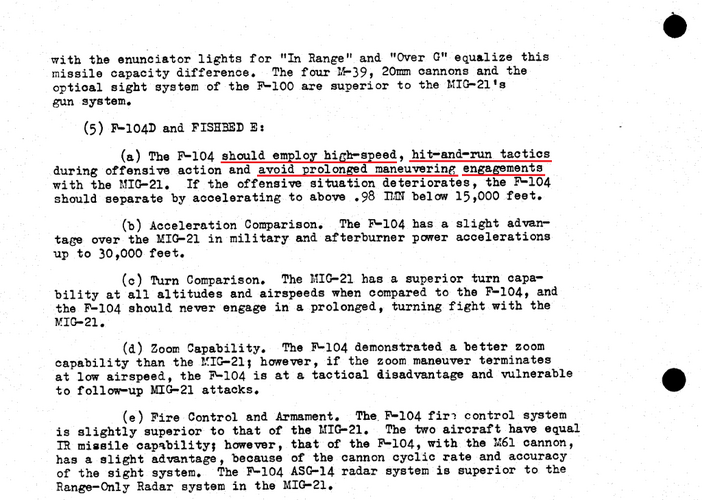Some words about the French Crusaders, and why did they lasted as long as Foch and Clemenceau - 1997 & 2000 respectively.
a) One has to realize first that the 42 aircraft bought in 1963 were kind of accident of history.
- one big MASURCA ship had to be screwed to pay for them
- Etendard IV were to do the job, even transonic / no radar
- Also T-47 destroyers with Tartar missiles
b) Foch and Clem's were a little too small to assume their own air defense.
Only eight Crusaders carried wouldn't make a big difference in case of war
c) so the plan was
- PEACE TIME
a) Tartar and MASURCA ship for the main defense
b) Crusaders are only secondary (snoopers ?)
c) In Africa (Françafrique) the air threat was minimal, and thus even in the 1980's obsolete Crusaders were good enough
- WAR TIME
The two French carriers would join their larger American counterparts and thus fully benefit from the E-2 / Tomcat umbrella
d) The mystery of 1972: why wren't the Crusaders replaced as were the Etendard IV, by a multirole type ?
- could have been Mirage G
- could have been a naval F1, but it needed a larger wing and M53... or more (Spey, J79, whatever)
And in the end it was the Jaguar M, then the Super Etendard.
After close examination of
- A-7E (too heavy and fast: 120 kt and 19 mt when the BS-5 catapults could do barely 20 mt at 110 kt)
- A-4M Skyhawk: very nearly happened
- but Dassault proposed a J52 Etendard IV, modernized
- became the Super Etendard with an Atar 8, the irony.
The reason ? the cash-strapped Aéronavale decided that what mattered was STRIKE: the Clemenceaus air defense capability was too marginal, and there were next to none successor to the Crusader (Hornet, cough, 1989 was too little, too late, and too big)
STRIKE was all important, and would mostly happen against African countries with next to zero supersonic interceptors... or MiG-21s the Crusaders would easily handle.
Case in point: May 7, 1977 : two Crusaders under way to brawl with two F-100s from the Armée de l'Air in Djibouti found thmeselves in air combat with... two Yemen MiG-21s.
Bottom line: as long as African countries south of Marocco - Tunisia - Lybia - Egypt would have nothing but MiG-21s, Crusaders would be good enough to fly air cover for (Super) Etendard strikes.
That's the key reason the Crusaders were left in service all along the 1980's, despite Lebanon (oops, that wasn't part of the plan !). Later Hornets were considered, but even 15 second-hand airframes were too much for Foch, and also for Dassault...
a) One has to realize first that the 42 aircraft bought in 1963 were kind of accident of history.
- one big MASURCA ship had to be screwed to pay for them
- Etendard IV were to do the job, even transonic / no radar
- Also T-47 destroyers with Tartar missiles
b) Foch and Clem's were a little too small to assume their own air defense.
Only eight Crusaders carried wouldn't make a big difference in case of war
c) so the plan was
- PEACE TIME
a) Tartar and MASURCA ship for the main defense
b) Crusaders are only secondary (snoopers ?)
c) In Africa (Françafrique) the air threat was minimal, and thus even in the 1980's obsolete Crusaders were good enough
- WAR TIME
The two French carriers would join their larger American counterparts and thus fully benefit from the E-2 / Tomcat umbrella
d) The mystery of 1972: why wren't the Crusaders replaced as were the Etendard IV, by a multirole type ?
- could have been Mirage G
- could have been a naval F1, but it needed a larger wing and M53... or more (Spey, J79, whatever)
And in the end it was the Jaguar M, then the Super Etendard.
After close examination of
- A-7E (too heavy and fast: 120 kt and 19 mt when the BS-5 catapults could do barely 20 mt at 110 kt)
- A-4M Skyhawk: very nearly happened
- but Dassault proposed a J52 Etendard IV, modernized
- became the Super Etendard with an Atar 8, the irony.
The reason ? the cash-strapped Aéronavale decided that what mattered was STRIKE: the Clemenceaus air defense capability was too marginal, and there were next to none successor to the Crusader (Hornet, cough, 1989 was too little, too late, and too big)
STRIKE was all important, and would mostly happen against African countries with next to zero supersonic interceptors... or MiG-21s the Crusaders would easily handle.
Case in point: May 7, 1977 : two Crusaders under way to brawl with two F-100s from the Armée de l'Air in Djibouti found thmeselves in air combat with... two Yemen MiG-21s.
Bottom line: as long as African countries south of Marocco - Tunisia - Lybia - Egypt would have nothing but MiG-21s, Crusaders would be good enough to fly air cover for (Super) Etendard strikes.
That's the key reason the Crusaders were left in service all along the 1980's, despite Lebanon (oops, that wasn't part of the plan !). Later Hornets were considered, but even 15 second-hand airframes were too much for Foch, and also for Dassault...







